The TD e-Series funds are a darling of semi-DIY investors who want to lower their investment fees but are not yet willing or able to use a self-directed discount brokerage account.
Investment fees in the form of a Management Expense Ratio (MER) form the bulk of fees that investors pay when they invest in traditional mutual funds.
It is a known fact that MERs are significantly higher in Canada than elsewhere in the developed world. With equity mutual funds in Canada “boasting” an average MER of 1.98%, the average investor is faced with four broad options:
1. Continue investing in expensive mutual funds and take whatever returns you get. Enjoy the ease of having a 100% hands-off approach to your investment portfolio.
2. Invest with a robo-advisor using low-cost ETFs and a hands-off approach as well. Pay a lower MER than Option 1 at approximately 0.70% (including ETF fees).
3. Use index funds that are already individually diversified to build your investment portfolio. Pay a much lower MER (1% or less) and be prepared to re-balance your portfolio 1-2 times a year.
4. Self-directed investing (aka DIY investing) using a discount brokerage account to purchase stocks, ETFs, and other securities to create portfolios you are comfortable with.
With the fourth option, you will also need to rebalance your portfolio as often as necessary. Transaction costs (i.e. buying and selling commissions) can become significant depending on your trading frequency.
When making a choice between semi-DIY with index funds and full-fledged DIY with ETFs/stocks, it is important to consider your account size and how often you plan to trade.
The advice used to be that low-cost options like TD e-Series Funds (indexing) were preferable when your account portfolio was under $50K. This was because you could minimize your transaction costs when trading frequently in a small account.
However, with the advent of robo-advisors, all-in-one ETFs, and no-commission brokerage platforms, the possibilities are now plentiful.
An Overview of TD e-Series Funds
A common question I get is: “What is the difference between an index fund and a mutual fund?”
In summary, an index fund is a mutual fund that is passively managed and that replicates the returns of a benchmark index (e.g. the S&P 500).
TD Bank offers several funds to investors. To identify the ones that are designated as e-Series, look for the “-e” attached to the fund name.
In 2019, TD announced some changes to its line of index mutual funds (i.e. e-Series Funds). Of note is that the e-Series funds now hold TD-specific ETFs, track slightly different indices, can now be purchased through other online brokerages, and are slightly cheaper than before.
Some of the commonly used ones include:
1) TD Canadian Bond Index-e (TDB 909)
- Benchmark: Tracks the Solactive Broad Canadian Bond Universe TR Index
- Asset Mix: 100% Bonds
- MER: 0.44%
- Risk Rating: Low
2) TD Canadian Index-e (TDB900)
- Benchmark: Tracks the Solactive Canada Broad Market Index (CA NTR)
- Asset Mix: 97.2% equities, 2.5% income trusts, 0.20% cash and equivalents
- MER: 0.28%
- Risk Rating: Medium
3) TD International Index-e (TDB911)
- Benchmark: Solactive GBS Developed Markets ex North America Large & Mid Cap CAD Index
- Asset Mix: 98.70% international stocks, 0.90% income trust units, 0.30% cash and equivalents
- MER: 0.45%
- Risk Rating: Medium
4) TD U.S. Index-e (TDB902)
- Benchmark: Solactive US Large Cap Index
- Asset Mix: 97.60% US stocks, 2.10% international stocks, 0.20% cash, and 0.30% income trust units
- MER: 0.33%
- Risk Rating: Medium
5) TD International Index Currency Neutral-e (TDB905)
- Benchmark: Solactive GBS Developed Markets ex North America Large & Mid Cap Hedged to CAD Index
- Asset Mix: 95.50% international stocks, 0.80% income trust units, 0.60% cash, and 3% other
- MER: 0.46%
- Risk Rating: Medium
6) TD U.S. Index Fund (US$)-e (TDB952)
- Benchmark: Solactive US Large Cap Index
- Asset Mix: 99.02% US stocks, 0.47% international stocks, and 0.25% cash
- MER: 0.34%
- Risk Rating: Medium
7) TD U.S. Index Currency Neutral Fund-e (TDB904)
- Benchmark: Solactive US Large Cap Hedged to CAD Index
- Asset Mix: 97% US stocks, 2.10% international stocks, and 0.30% income trust units, and 0.80% cash
- MER: 0.33%
- Risk Rating: Medium
8) TD Nasdaq Index Fund-e (TDB908)
- Benchmark: Nasdaq 100 Index
- Asset Mix: 97.60% US stocks, 3.20% International stocks, 0.30% Canadian stocks, and -1.20% cash and cash equivalents
- MER: 0.50%
- Risk Rating: Medium to High
9) TD European Index Fund-e (TDB906)
- Benchmark: MSCI Europe Index
- Asset Mix: 99.90% International stocks, 0.10% income trust units, and 0.15% cash
- MER: 0.50%
- Risk Rating: Medium
10) TD DJIA Index-e (TDB903)
- Benchmark: DJIA Total Return Index US$
- Asset Mix: 99.90 U.S. stocks
- MER: 0.33%
- Risk Rating: Medium
Opening a TD e-Series Funds Account
The availability of information on how to open a new TD e-Series Funds Account has historically been very poor, and that hasn’t changed.
You will often also find that the local branch employees are unfamiliar with the product.
To buy TD e-Series Funds, you will need to open a TD Direct Investing account.
Sample RRSP and TFSA Portfolios with TD e-Series Funds
To invest with the e-Series Funds, you probably want to combine a few of them to create a portfolio that reflects your risk tolerance and investing strategy, i.e. conservative, balanced, or aggressive.
A balanced TFSA/RRSP portfolio using the e-Series funds would look similar to this:
| Name | Code | Allocation | MER |
| TD Canadian Bond Index Fund – e | TDB909 | 40% | 0.44% |
| TD Canadian Index Fund – e | TDB900 | 20% | 0.28% |
| TD U.S. Index Fund – e | TDB902 | 20% | 0.33% |
| TD International Index Fund – e | TDB911 | 20% | 0.45% |
| Average Weighted MER | 0.39% |
- MER: 0.39%
- Asset Mix: 60% Stocks and 40% Bonds
- Risk Rating: Low to Medium
For more information on how I vary the e-Series funds mix in an RESP portfolio based on a kid’s age, click here.
Re-balancing a TD e-Series Funds Portfolio
When you make up your portfolio using several funds, you will need to re-balance one to two times per year at a minimum.
This is because the different funds in your portfolio will perform differently, causing your asset allocation to stray away from your intended targets.
For a step-by-step tutorial on how I re-balance my portfolio, click here.
Conclusion
The TD e-Series funds are one of the few options Canadians have when they want to invest using index funds. Here’s a list of the other index fund options available.
Re-balancing your portfolio should take no more than 20 minutes or less per year. However, if you would rather not have to re-balance yourself, consider the services of a robo-advisor.
Canada’s most popular robo-advisor, Wealthsimple, offers my readers a cash bonus when they open a new account and fund it with at least $500.
Related reading:
- How Much Money Will You Need To Retire?
- How To Buy ETFs in Canada
- How To Invest in Stocks in Canada
- 10 Investment Risks Investors Should Understand
TD e-Series Funds Review
-
Fund Options
-
Fund Fees
-
Minimum Investment
-
Account Opening
-
Portfolio Maintennance
-
Pre-authorized Purchases
Overall
Summary
You can purchase individual TD e-Series index funds and combine them in different proportions to make up your own diversified portfolio. The e-Series funds were recently updated to track slightly different indices, be more widely available and with lower costs.
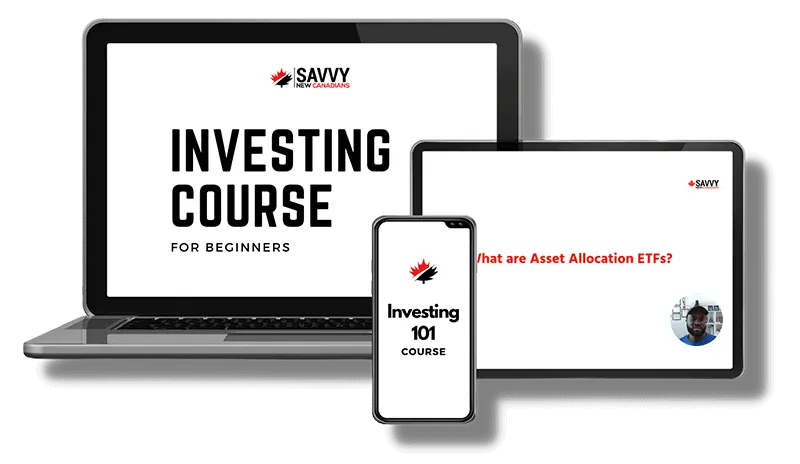
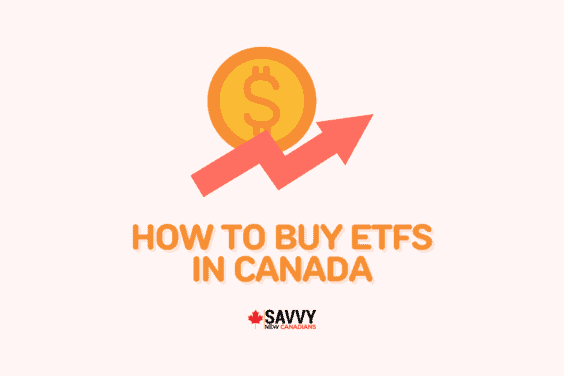
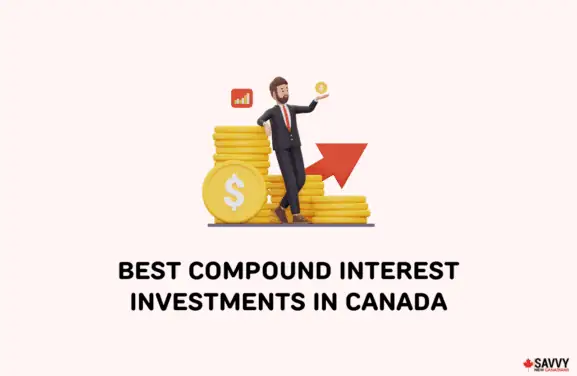
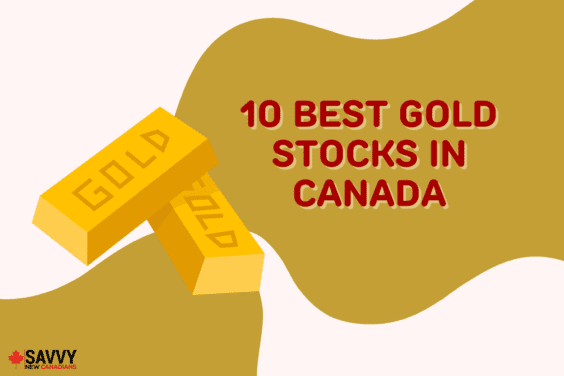

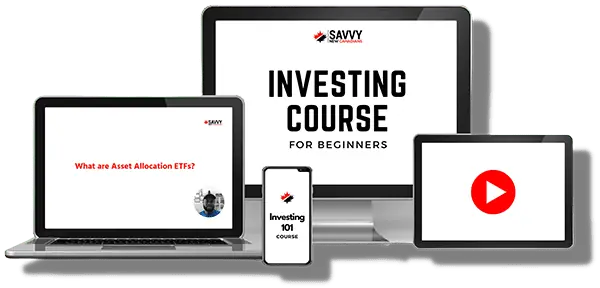

Informative and helpful.
Enoch, this is helpful. I am a fan of E-Series as well. I did want to bring to your attention a 5th option for Canadians. There are a small number of direct to investor fund companies who provide advice, service and investment funds for a modest minimum investment. Leith Wheeler is a Vancouver company who’s minimum is $25k, PHN is part of RBC now, but their minimum is still quite low, $5k I think. Steadyhand, where I work has a minimum of $10k. I’d be happy to share more about this channel if you like.
Is there a difference in MER or other fees from having the TD eSeries with EasyWeb Mutual Funds vs TD Direct Investing? Is there an advantage to using Direct Investing instead? Great advice btw on the funds & allocations which I used in the fall to switch from MFs to eSeries. 🙂
Not the author, but I think there is no advantage in using a TDI account if you’re only going to hold e-series mutual funds. In fact, the opposite is true – it is less convenient. If you have your e-series investments in a TD mutual fund account, you can transfer directly from your TD EasyWeb chequing account to the e-series fund. This is harder to do with TDI as it requires two steps, one to transfer from your chequing account to your TDI account as a cash balance, then a second step to purchase the e-series fund from the TDI cash balance. I believe it works this way due to Canadian banking laws where retail banks (your chequing account) and investment banks (your TDI account) must be fully financially independent.
The couch potato strategy is no longer relevant with total inflation at around 15-20% yearly. Don’t believe the CPI which doesn’t even include food, housing or electricity. The only way to try to keep up with inflation is to invest in the S&P 500 which has an average return of 14% yearly. Anything other than that and your savings are being eaten by inflation. Bitcoin is another option that is even better but ya, no thanks on the bond funds. Waste of time and earning potential.
@Dave: I have to disagree with you that the Couch Potato strategy is no longer relevant. True that inflation is at runaway levels at this point, however, 100% investment in equities is not for everyone as risk tolerances differ. What happens if the S&P 500 suffers a prolonged downturn? Chances are that someone with a lower-than-average risk tolerance will get spooked and sell their holdings low due to the fear of losing everything. As always, folks need to design portfolios that meet their financial objectives, risk tolerance, and the length of time they have to invest.
Opening a TD investment account is said to be difficult. I did not find it so, I opened my account pre-covid and made just one visit to a branch, I was lucky in that the young lady I dealt with was well informed and helpful, that is NOT true of all employees. There is a tendency by all banks that as more and more business is done online, the expertise in the branches is declining.
@Mike: Thanks for your comment. And I agree that in-branch customer service appears to be poorer across the board these days…at least in my experience.
Hello Enoch,
Enjoyed reading this article. Wondering, what your mix would be now for the balanced TFSA/RRSP portfolio you used with the e-Series funds?
Thank you,
@Heather: When fully rebalanced, the TFSA portfolio’s asset allocation (Growth risk level) is approx. 20% CDN bonds, 30% US equity index, 30% CDN equity index, and 20% International equity index…using the same e-Series funds above. That said, the equity portion sometimes increases to as high as 90% prior to rebalancing. Cheers.
Thank you Enoch!
Any idea what happens to the e-series funds as a result of the Canadian legislation banning trailing commissions? Will they continue to exist, or be transitioned into a different fund? Here is the message they’ve sent out to their customers:
“A Canadian regulatory change, effective June 1, 2022, means only mutual funds without trailer fees will be allowed for purchase in your TD Direct Investing account. You may notice some updates and account activity ahead of this date as we prepare for this change.
What you need to know
As of March 7, 2022, only mutual funds without trailer fees will be available for purchase on TD Direct Investing platforms.
Between March and May, you may notice exchange activity within your account to switch you, where available, to a series of the same or similar mutual fund that is, or will be by June 1, 2022, non-trailer paying. These transactions will show in your history and on your account statement and will cause no tax implications. Where there is Systematic Investment Plan (SIP) set up and a non-trailer paying series available, the SIP will be automatically switched when your mutual funds series is switched.
There is no action needed on your part at this time. We will work with mutual fund companies to support a smooth transition.
Thank you for choosing TD Direct Investing.”
I’m also very curious. The messaging isn’t clear. Is a TD DI account with various e-series funds affected by this notice?
Mid-2023, TD e-funds are still available at TDDI.
Another use for e-funds is to mop-up stock dividends. If you invest at an FI that doesn’t offer no-fee ETFs – EG TDDI – low-cost MFs are the cheapest option. And in particular, TDB952 can be used to mop-up US$ dividends without any FX costs.
Thanks for pointing that out, Peter.